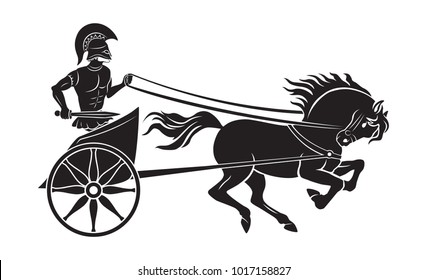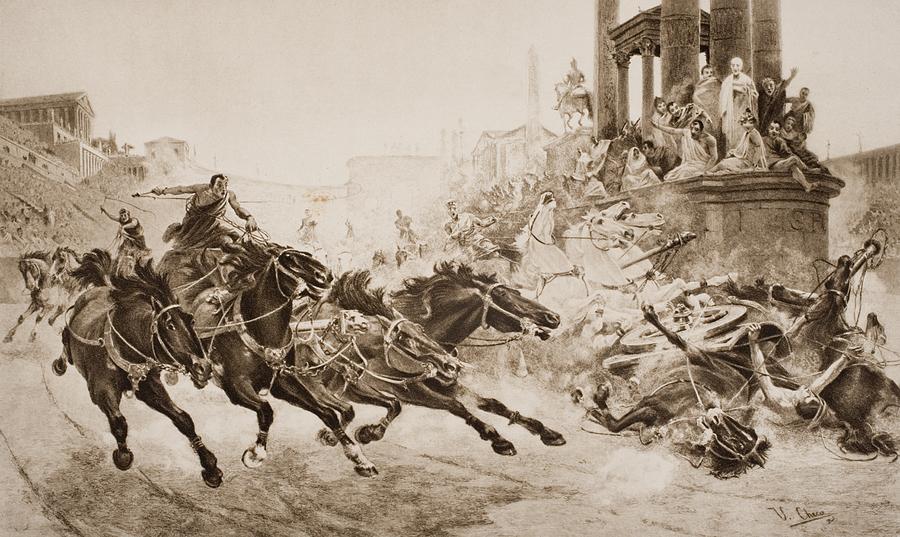
Chariot Race Drawings
A chariot is a type of vehicle commonly used in races during past centuries. Draw a chariot with help from an artist in this free video clip. How to Draw a Dragon. How to Draw a Tuba. How to Draw a Tiger. How to Draw Bluebonnets. How to Draw Combat Boots. How to Draw a Grim Reaper.
Miniplanet online game today. How does it work?To help fund the development and upkeep of our services, we require monthly funding.
Mini warriors glitches 1. Was a great civilisation, but lots of its customs are far from civilised by our standards. Included great sporting battles.
Chariot racing was the most popular, many games were a great spectacles of killing, with gladiators fighting to the death and horrific public executions of criminals, prisoners of war and persecuted minorities like Christians. The birth of the gamesRoman games did not originally include the gladiator combats with which they are so associated now. Ludi were games held as part of religious festivals and included horse and chariot racing, mock animal hunts, music and plays. The number of days on which they appeared each year soon began to grow. By the Imperial era, from 27 BC, there were 135 days allotted to ludi.Priests organised the first games. As public, elected officials got involved they became a tool to win popularity, growing in size and magnificence. One of killers in 44 BC, Marcus Brutus, sponsored games to help win the people over to what he had done.
Caesar’s heir Octavian held his own ludi in response. Dan finds out what's going on with recent excavations at Vindolanda, one of the largest Roman forts near Hadrian's Wall. All manner of discoveries have been made, including the largest collection of Roman footwear found anywhere in the world. Festivals of deathLike so many apparent Roman innovations, gladiator combats were a borrowed entertainment.

Two rival Italian peoples, the Etruscans and the Campanians are possible originators of these bloody celebrations. Archaeological evidence favours the Campanians. The Campanians and Etruscans first held combats as funeral rites, and the Romans did the same at first, calling them a munes. Like the ludi, they were to gain a wider public role.Livy, the great historian of early Rome, says the first public gladiator fights were held in 264 BC during the first Punic War with Carthage, still branded as funeral rites.
The fact that some fights were specially advertised as “without mercy” suggests that not all were death matches. Public spectaclesPrivate shows became ever-growing public spectacles, staged to celebrate military victories and as a way for Emperors, generals and powerful men to win popularity. These combats also became a way of showing that Romans were better than their barbarian foes. Fighters were dressed and armed as tribes the Romans had fought, like the Thracians and Samnites. The first official “barbarian combats” were held in 105 BC.Powerful men started to invest in gladiators and gladiator schools. Caesar staged games in 65 BC with 320 pairs of fighters as these contests became as publicly important as the old ludi. Laws were passed as early as 65 BC to limit an arms race in spending. The first emperor, Augustus, took all games into state control and imposed limits on their number and extravagance.Only 120 gladiators could be used at each munes, only 25,000 denarii (about $500,000) could be spent. These laws were often broken. Trajan celebrated his victories in Dacia with 123 days of games involving 10,000 gladiators. The deepening political divide in the U.S.
And an apparent realignment of the world order through President Trump’s foreign policy have prompted many comparisons to the fall of the Roman Empire. But can we really look back at ancient civilisations and draw parallels with those that exist today? And can the lessons of the past really help us to tackle the challenges of the present? Chariot racingChariot races are probably as old as Rome itself.
Romulus is supposed to have held races that acted as a distraction for the kidnapping of the Sabine women in Rome’s first war in 753 BC. Races were held in ludi and as part of other religious festivals, accompanied by great parades and entertainments.They were massively popular. The Circus Maximus racing venue is said to be as old as Rome, and when Caesar rebuilt it around 50 BC it could hold 250,000 people.This wasn’t the certain death or injury of gladiator fighting, but chariot racing was often fatal. It became a technically complex and lucrative business. Drivers were paid, one reportedly making the equivalent of $15 billion in a 24-year career, and bets laid.By the fourth century AD there were 66 racing days a year, each of 24 races.
There were four coloured factiones or racing teams: blue, green, red and white, who invested in drivers, chariots and social clubs for their fans, which were to grow into something like political street gangs. They threw spiked pieces of metal at their opponents and occasionally rioted.Bloody public revengeRome had always held public executions. Emperor Augustus (ruled 27 BC – 14 AD) is thought to have been the first to publicly loose wild beasts on the condemned. Executions were part of a day at the circus – fitted in before the main event of the gladiator show. Criminals, army deserters, prisoners of war and political or religious undesirables were crucified, tortured, beheaded, maimed and tortured for the entertainment of the crowd.
Palaces of deathThe Colosseum is the most famous gladiatorial arena, a magnificent building that still stands today. It could hold at least 50,000 spectators, some say as many as 80,000. Emperor Vespasian ordered it built in 70 AD and it took 10 years to finish. It was right in the middle of the city, an emblem of the power of the Roman Imperial state. The Romans called it the Flavian Amphitheatre, after the dynasty to which Vespasian belonged. The Colosseum in Rome.
Photo by Diliff via Wikimedia Commons.It is a massive and complex stadium, elliptical rather than a perfect circle. The arena is 84 metres long by 55 m; the high outer wall rises 48 m and was built with 100,000 m3 of stone, stapled together with iron. A canvas roof kept spectators dry and cool.
The mass of numbered entrances and staircases; tiered numbered seats, and boxes for the rich and powerful would be familiar to a modern football fan.The sand-covered wooden floor stood over two basement levels of tunnels, cages and cells, from which animals, people and stage scenery could be delivered instantly through vertical access tubes. It’s possible that the arena could be safely flooded and drained for the staging of mock naval battles. The Colosseum became a model for amphitheatres around the Empire. Particularly fine well-preserved examples can be found today from Tunisia to Turkey, Wales to Spain.